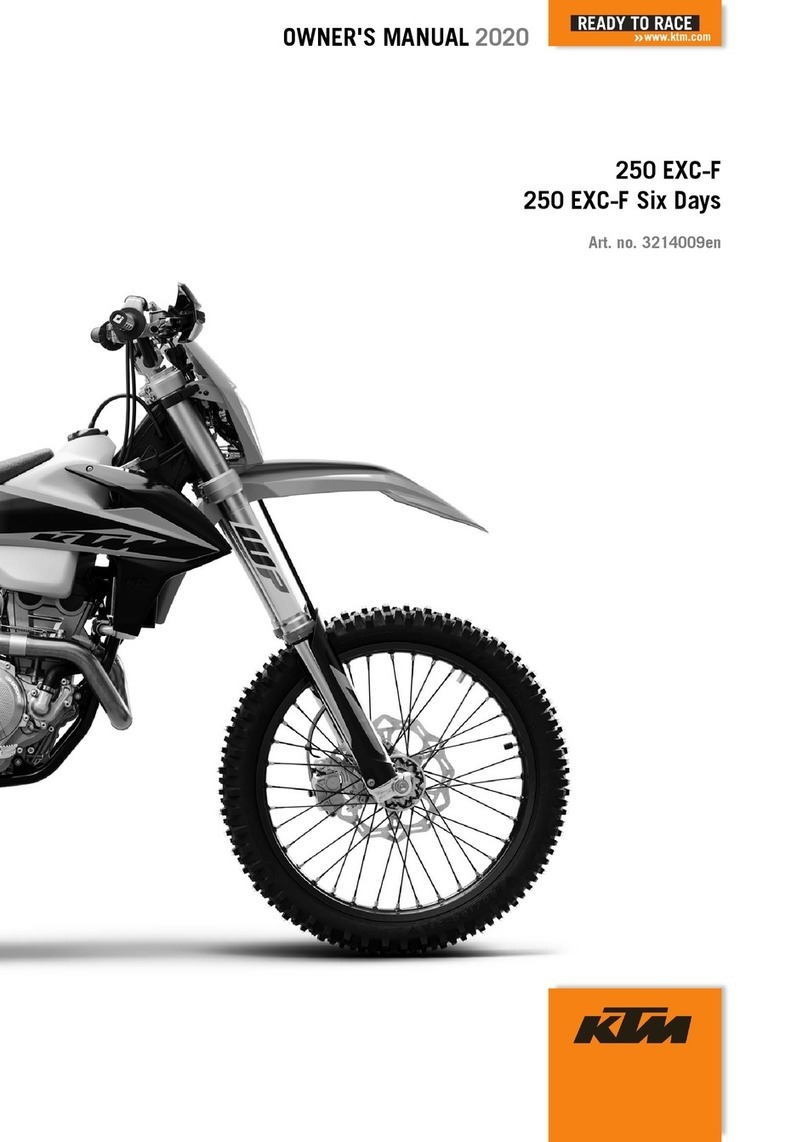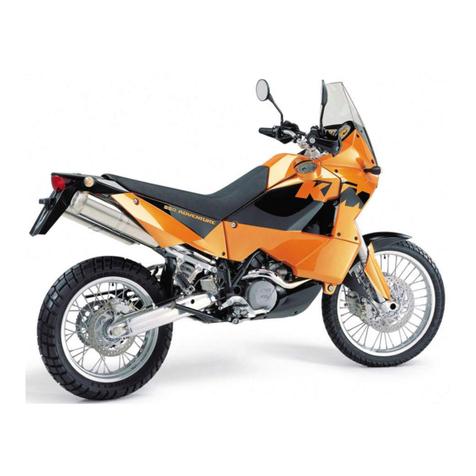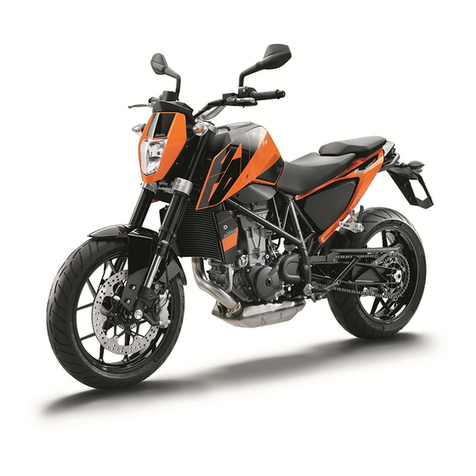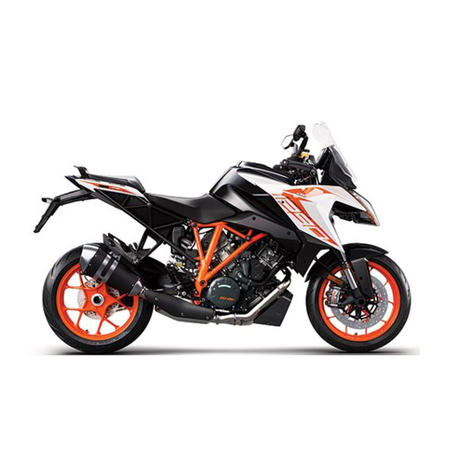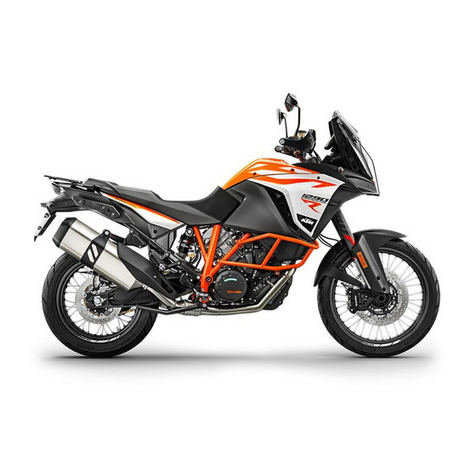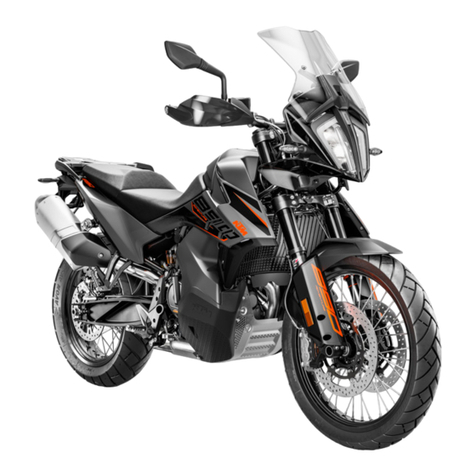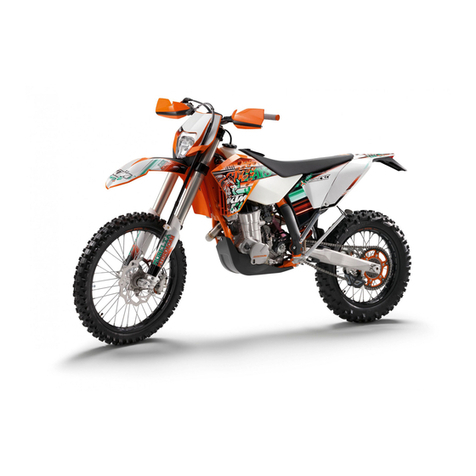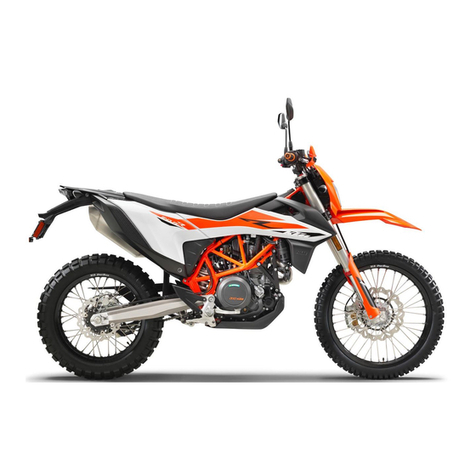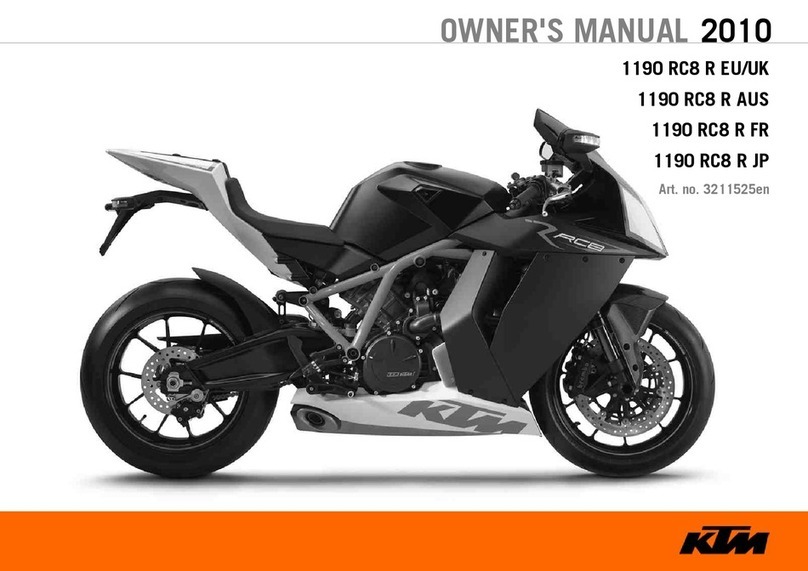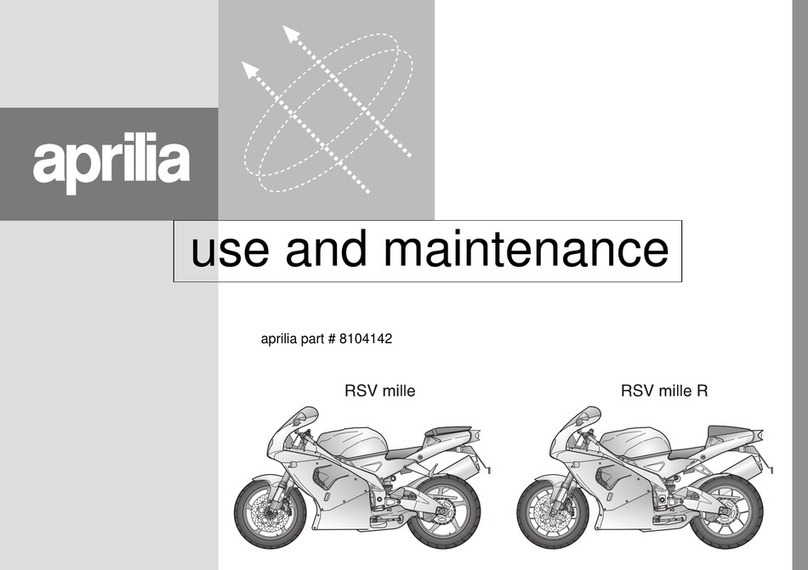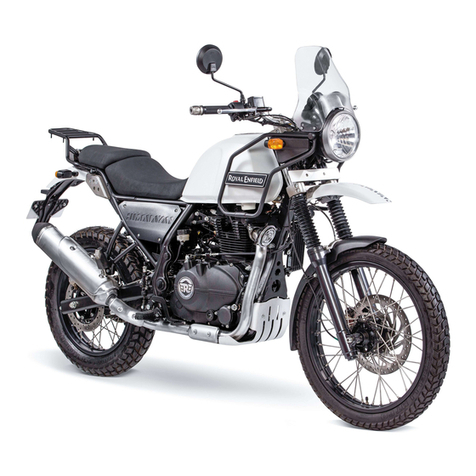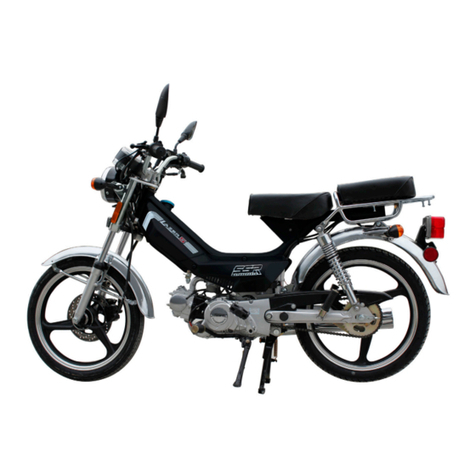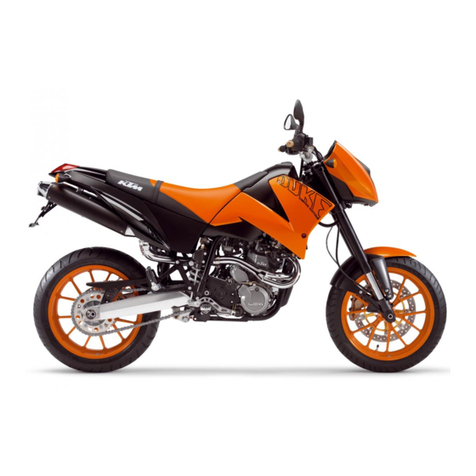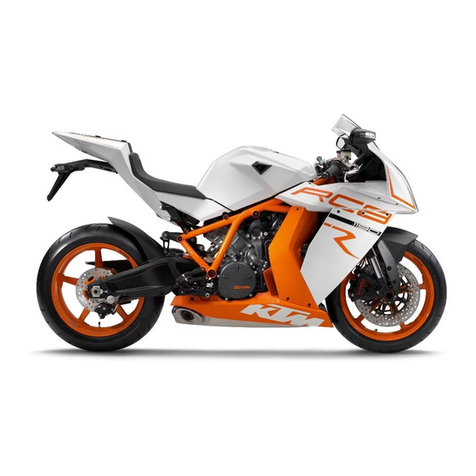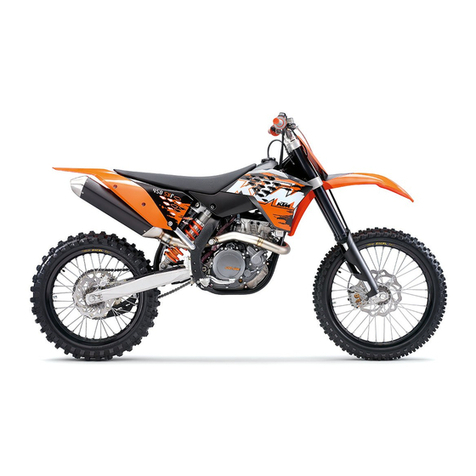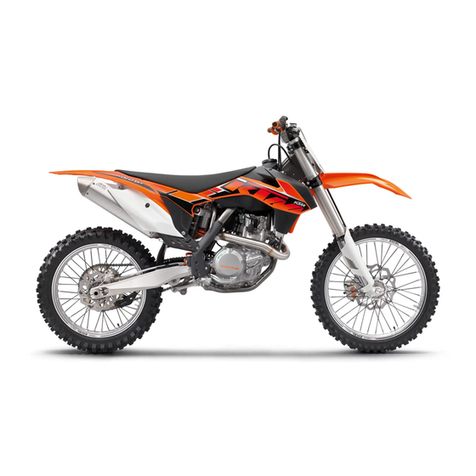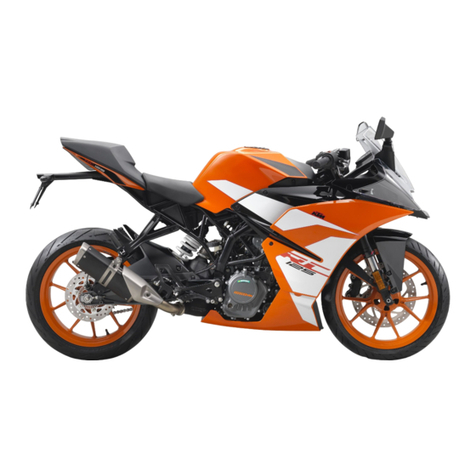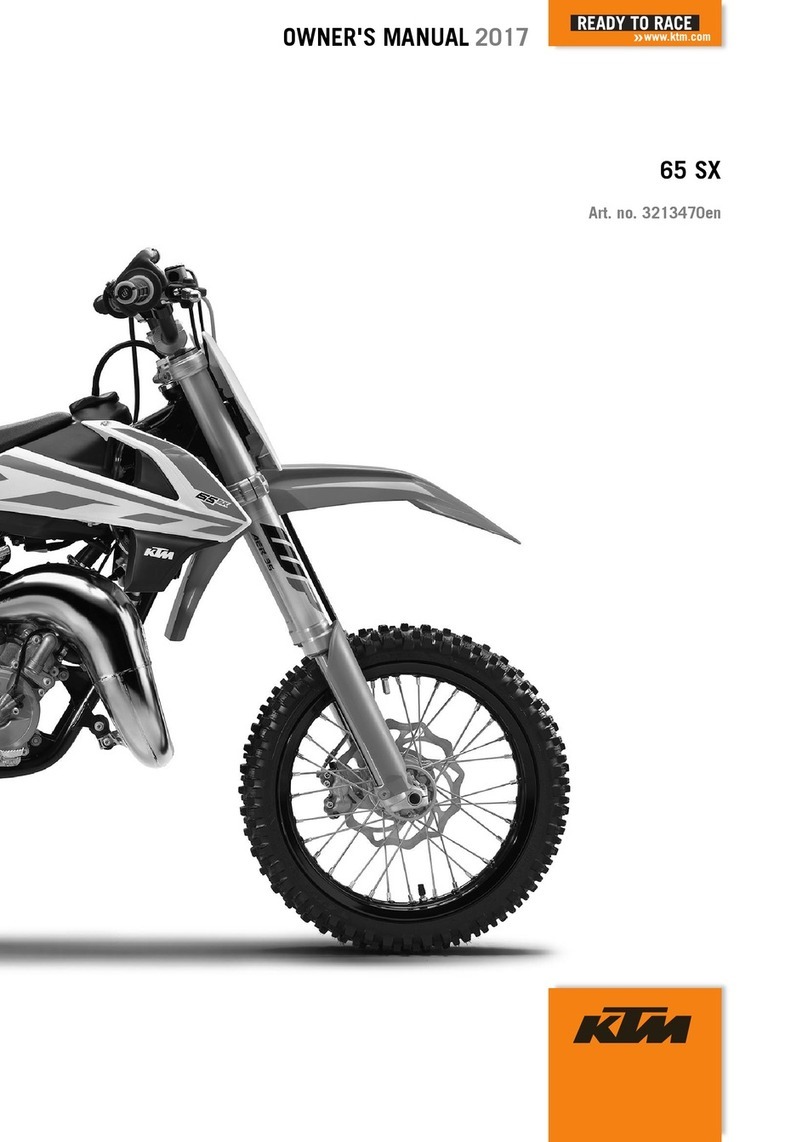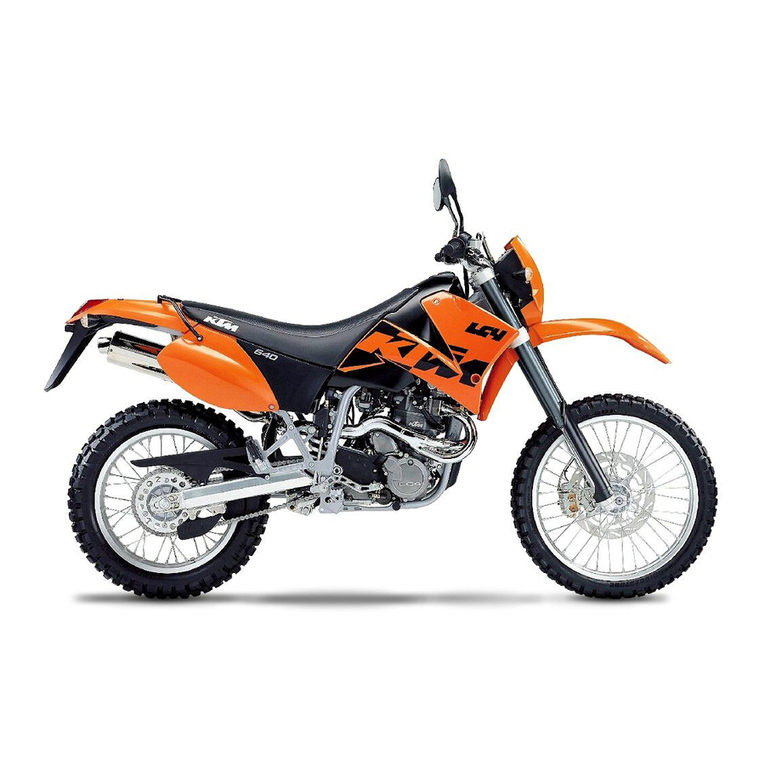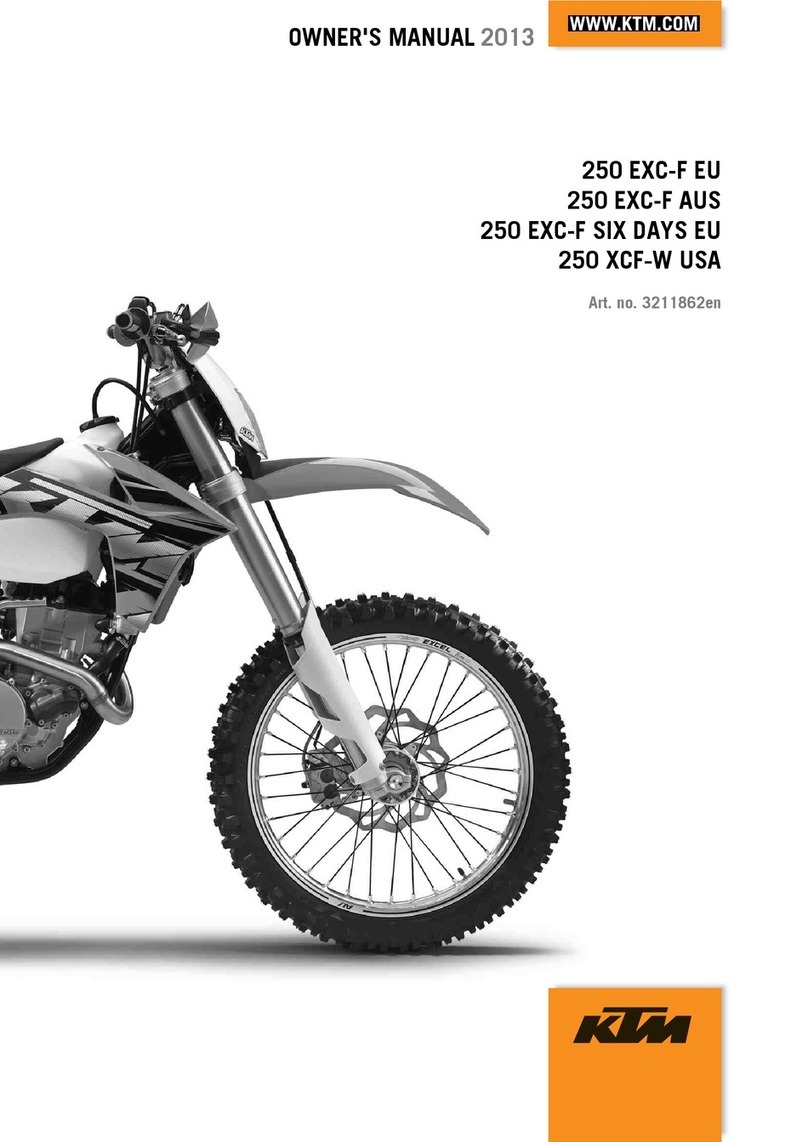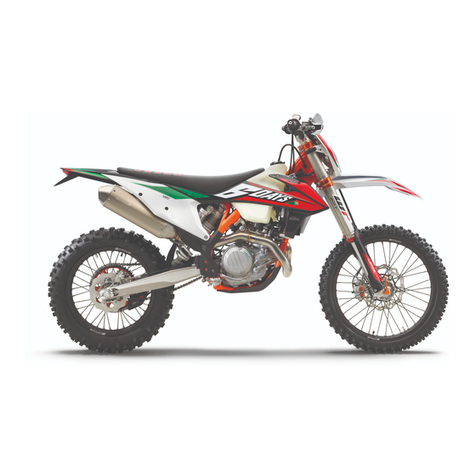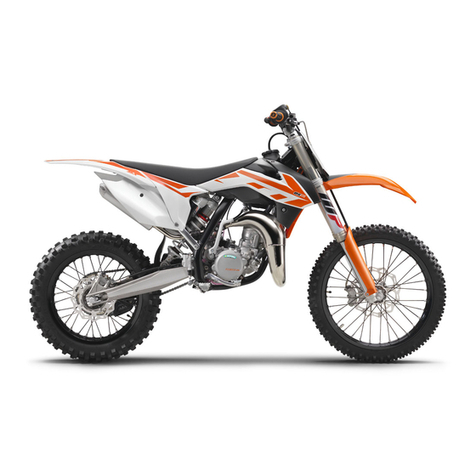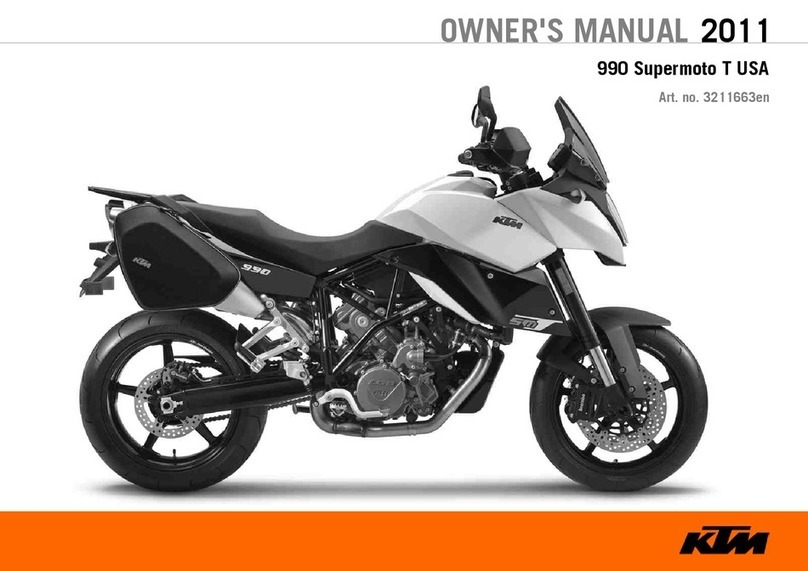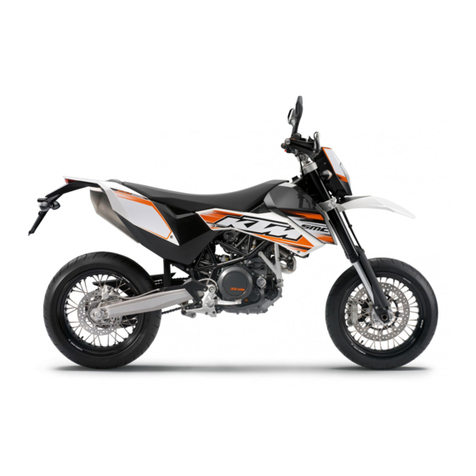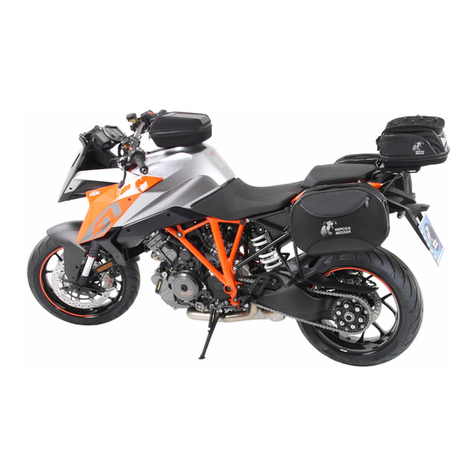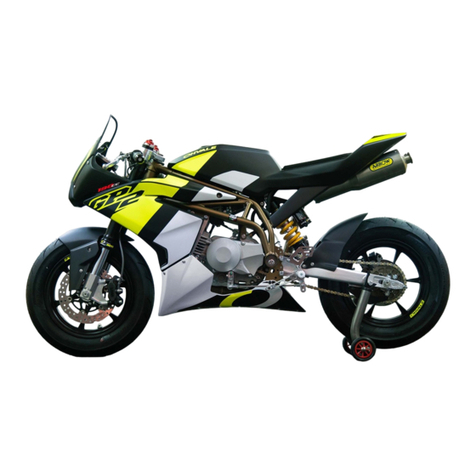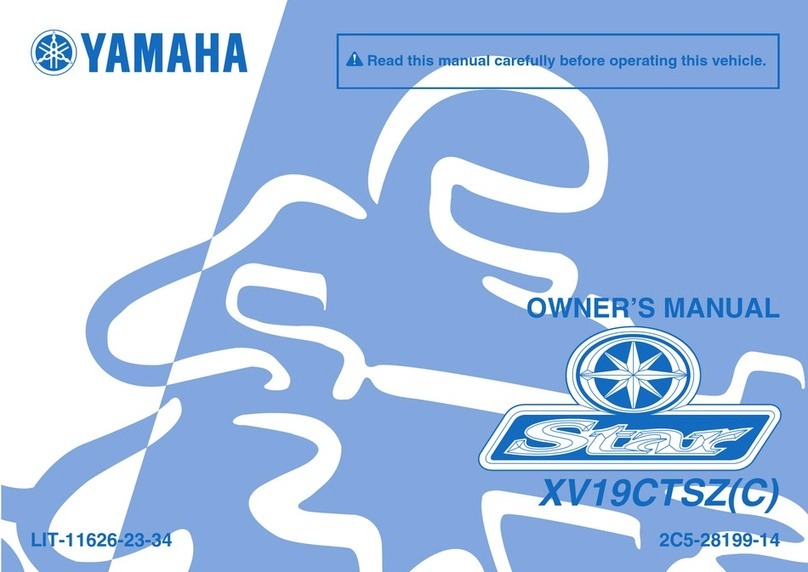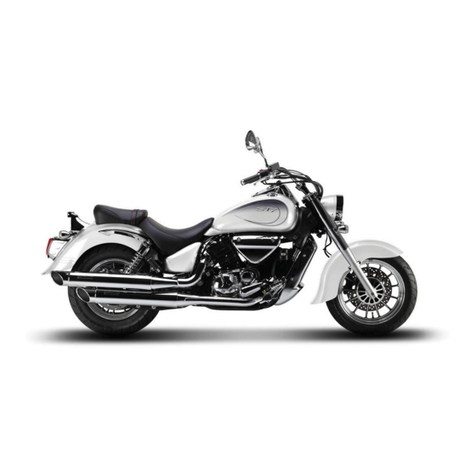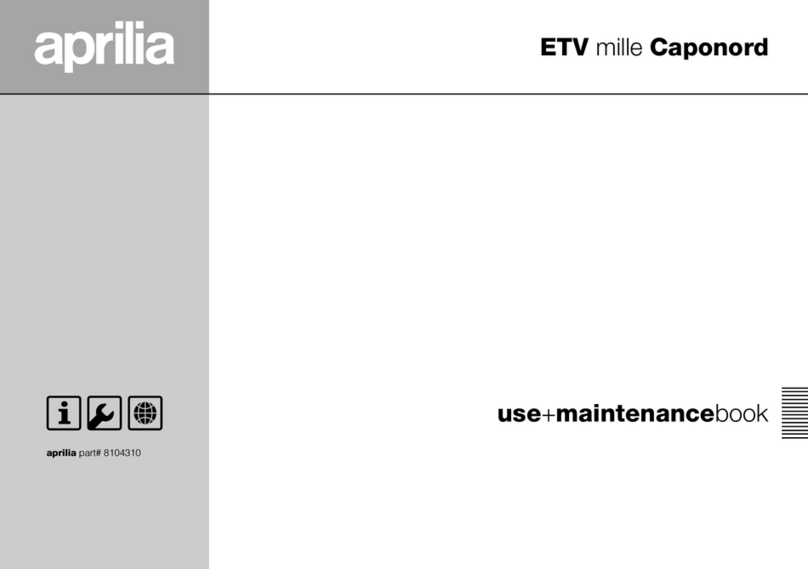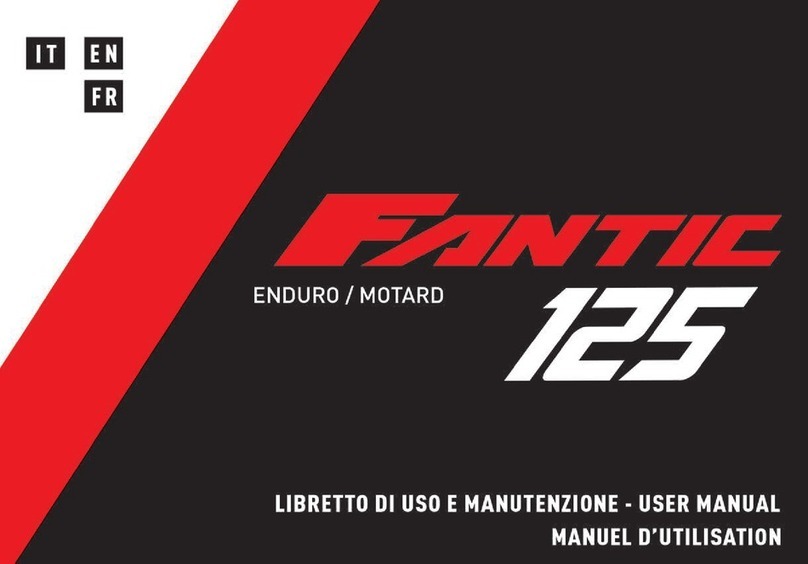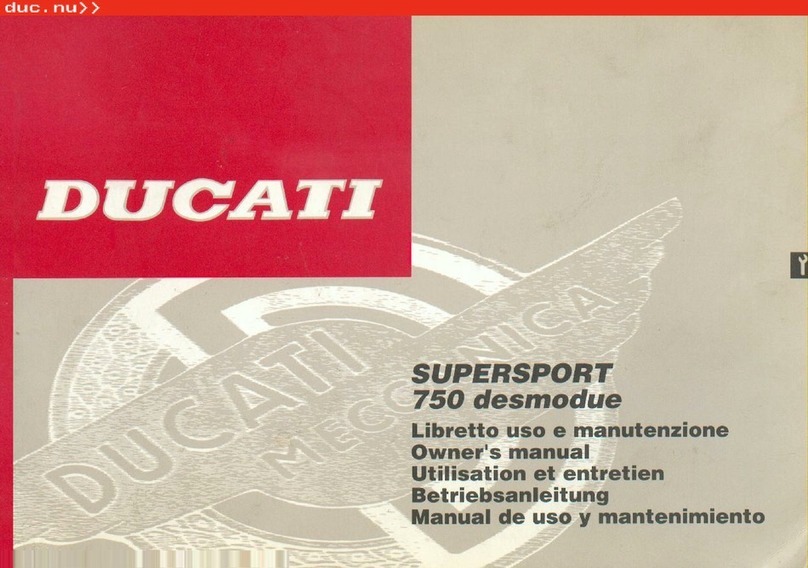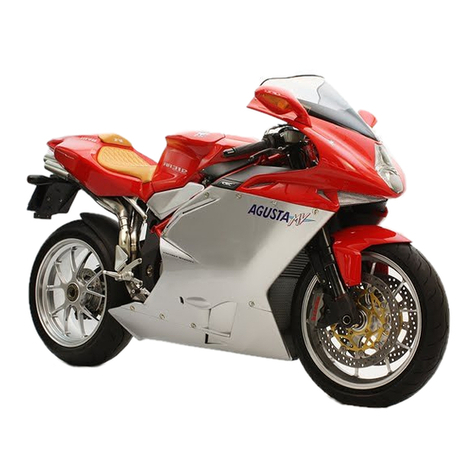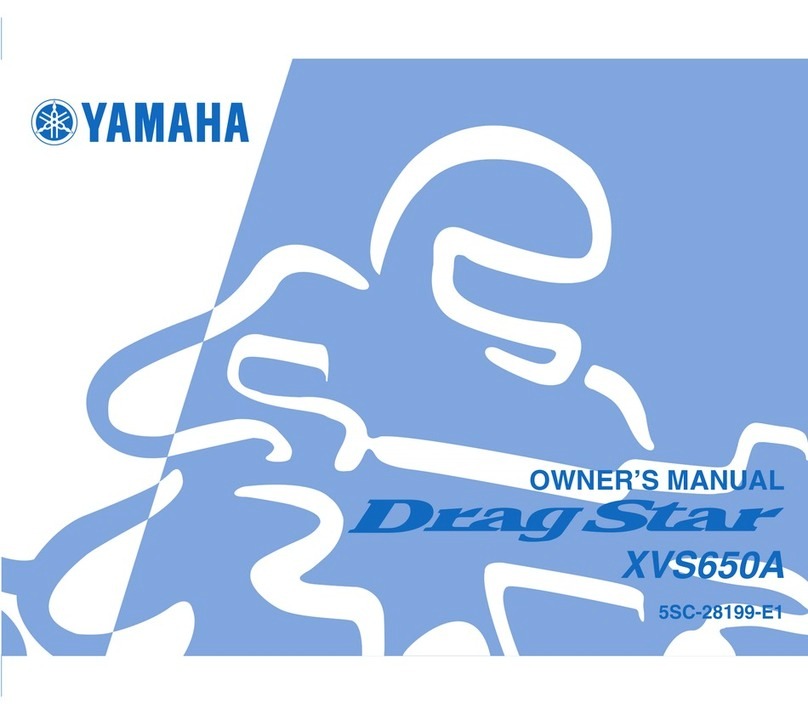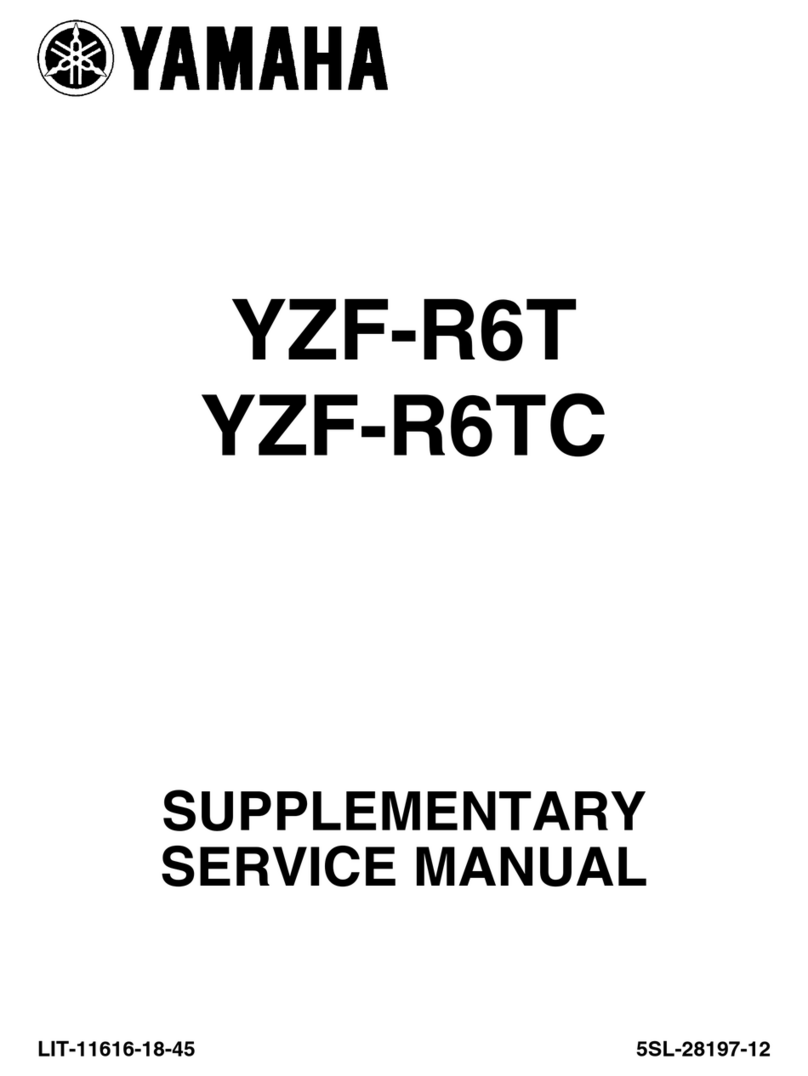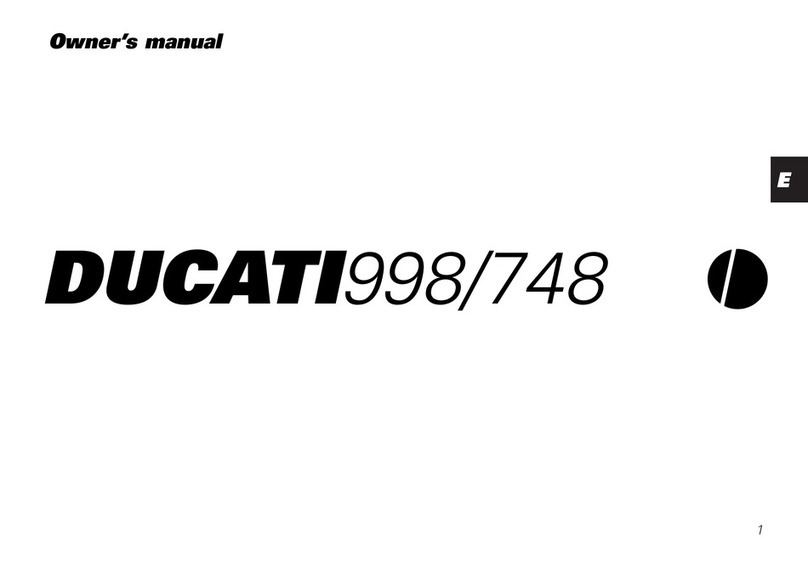
TABLE OF CONTENTS 2
TABLE OF CONTENTS
1 MEANS OF REPRESENTATION ..................................... 6
1.1 Symbols used ................................................... 6
1.2 Formats used.................................................... 6
2 SAFETY ADVICE........................................................... 7
2.1 Repair Manual .................................................. 7
2.2 Safety advice.................................................... 7
2.3 Degrees of risk and symbols ............................... 7
2.4 Work rules........................................................ 7
3 IMPORTANT INFORMATION ......................................... 8
3.1 Guarantee, warranty .......................................... 8
3.2 Operating and auxiliary substances ..................... 8
3.3 Spare parts, accessories .................................... 8
3.4 Figures ............................................................ 8
4 SERIAL NUMBERS ...................................................... 9
4.1 Chassis number ................................................ 9
4.2 Type label ........................................................ 9
4.3 Engine number ................................................. 9
4.4 Fork part number .............................................. 9
4.5 Shock absorber part number .............................. 9
5 MOTORCYCLE ........................................................... 10
5.1 Raising the motorcycle with the lift stand.......... 10
5.2 Removing the motorcycle from the lift stand...... 10
5.3 Starting.......................................................... 10
5.4 Starting the motorcycle for checking................. 11
6 FORK, TRIPLE CLAMP ............................................... 12
6.1 EXC EU/AUS, XC‑W......................................... 12
6.1.1 Adjusting the compression damping of the
fork ........................................................... 12
6.1.2 Adjusting the rebound damping of the fork.... 12
6.1.3 Adjusting the spring preload of the fork......... 12
6.1.4 Bleeding the fork legs ................................. 13
6.1.5 Cleaning the dust boots of the fork legs......... 13
6.1.6 Loosening the fork protection....................... 14
6.1.7 Positioning the fork protection ..................... 14
6.1.8 Removing the fork legs................................ 14
6.1.9 Installing the fork legs................................. 14
6.1.10 Removing the fork protector......................... 15
6.1.11 Installing the fork protector.......................... 15
6.1.12 Performing a fork service ............................. 16
6.1.13 Disassembling the fork legs ......................... 16
6.1.14 Cartridge disassembly ................................. 19
6.1.15 Disassembling the compression damping
fitting ........................................................ 21
6.1.16 Checking the fork legs................................. 21
6.1.17 Assembling the compression damping
fitting ........................................................ 22
6.1.18 Assembling the cartridge ............................. 23
6.1.19 Assembling the fork legs.............................. 24
6.1.20 Greasing the steering head bearing............... 29
6.1.21 Removing the lower triple clamp .................. 29
6.1.22 Installing the lower triple clamp ................... 30
6.1.23 Checking the play of the steering head
bearing ...................................................... 31
6.1.24 Adjusting the play of the steering head
bearing ...................................................... 32
6.2 250/300 SIX DAYS......................................... 32
6.2.1 Adjusting the compression damping of the
fork ........................................................... 32
6.2.2 Adjusting the rebound damping of the fork.... 33
6.2.3 Bleeding the fork legs ................................. 33
6.2.4 Cleaning the dust boots of the fork legs......... 33
6.2.5 Loosening the fork protection....................... 34
6.2.6 Positioning the fork protection ..................... 34
6.2.7 Removing the fork legs................................ 34
6.2.8 Installing the fork legs................................. 35
6.2.9 Removing the fork protector......................... 35
6.2.10 Installing the fork protector.......................... 36
6.2.11 Performing a fork service ............................. 36
6.2.12 Disassembling the fork legs ......................... 36
6.2.13 Removing the spring ................................... 38
6.2.14 Disassembling the cartridge ......................... 39
6.2.15 Disassembling the piston rod ....................... 40
6.2.16 Disassembling the hydrostop unit ................. 41
6.2.17 Disassembling the seal ring retainer.............. 42
6.2.18 Checking the fork legs................................. 42
6.2.19 Assembling the seal ring retainer.................. 43
6.2.20 Assembling the hydrostop unit ..................... 44
6.2.21 Assembling the piston rod ........................... 44
6.2.22 Assembling the cartridge ............................. 46
6.2.23 Assembling the fork legs.............................. 47
6.2.24 Greasing the steering head bearing............... 50
6.2.25 Removing the lower triple clamp .................. 51
6.2.26 Installing the lower triple clamp ................... 51
6.2.27 Checking the play of the steering head
bearing ...................................................... 53
6.2.28 Adjusting the play of the steering head
bearing ...................................................... 53
7 HANDLEBAR, CONTROLS........................................... 54
7.1 Handlebar position.......................................... 54
7.2 Adjusting the handlebar position ...................... 54
7.3 Adjusting the basic position of the clutch
lever .............................................................. 54
7.4 Checking the routing of the throttle cable.......... 55
7.5 Checking the play in the throttle cable .............. 55
7.6 Adjusting the play in the throttle cable.............. 56
8 FRAME ..................................................................... 57
8.1 Removing the engine guard
(250/300 SIX DAYS)....................................... 57
8.2 Installing the engine guard
(250/300 SIX DAYS)....................................... 57
9 SHOCK ABSORBER, SWINGARM ................................ 58
9.1 Adjusting the high-speed compression
damping of the shock absorber......................... 58
9.2 Adjusting the low-speed compression damping
of the shock absorber ...................................... 58
9.3 Adjusting the rebound damping of the shock
absorber......................................................... 59
9.4 Measuring the sag of the unloaded rear wheel.... 59
9.5 Checking the static sag of the shock absorber.... 59
9.6 Checking the riding sag of the shock absorber.... 60
9.7 Adjusting the spring preload of the shock
absorber......................................................... 60
9.8 Adjusting the riding sag................................... 61
9.9 Removing the shock absorber........................... 61
9.10 Installing the shock absorber............................ 61
9.11 Servicing the shock absorber............................ 62
9.12 Removing the spring........................................ 62
9.13 Disassembling the damper ............................... 63
9.14 Disassembling the piston rod ........................... 64
9.15 Disassembling the seal ring retainer.................. 65
9.16 Replacing the pilot bushing ............................. 66
9.17 Checking the damper ...................................... 67
9.18 Disassembling the rebound adjuster.................. 67
9.19 Removing the heim joint.................................. 68
9.20 Installing the heim joint................................... 69
